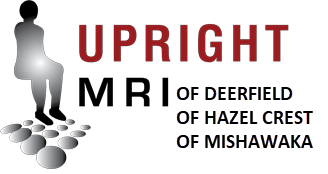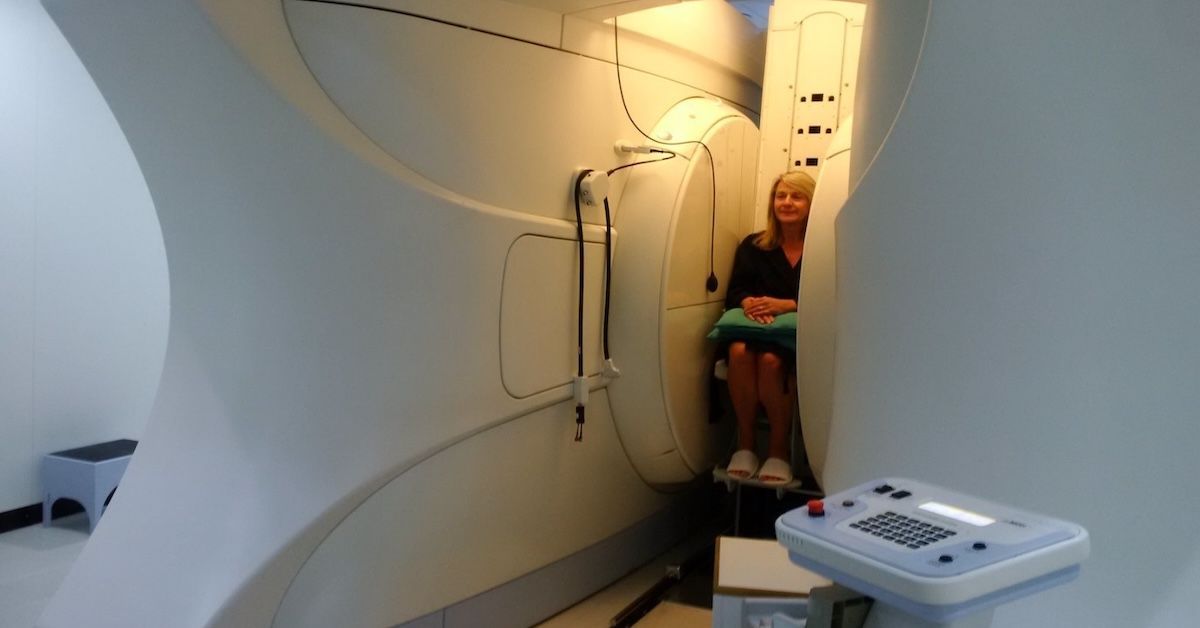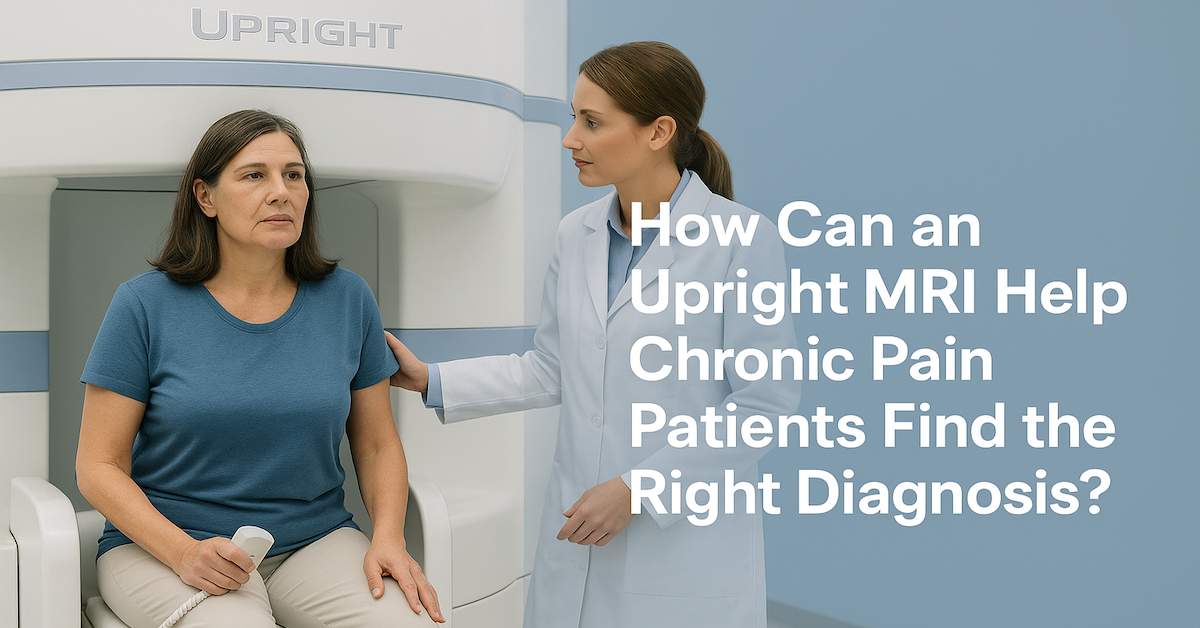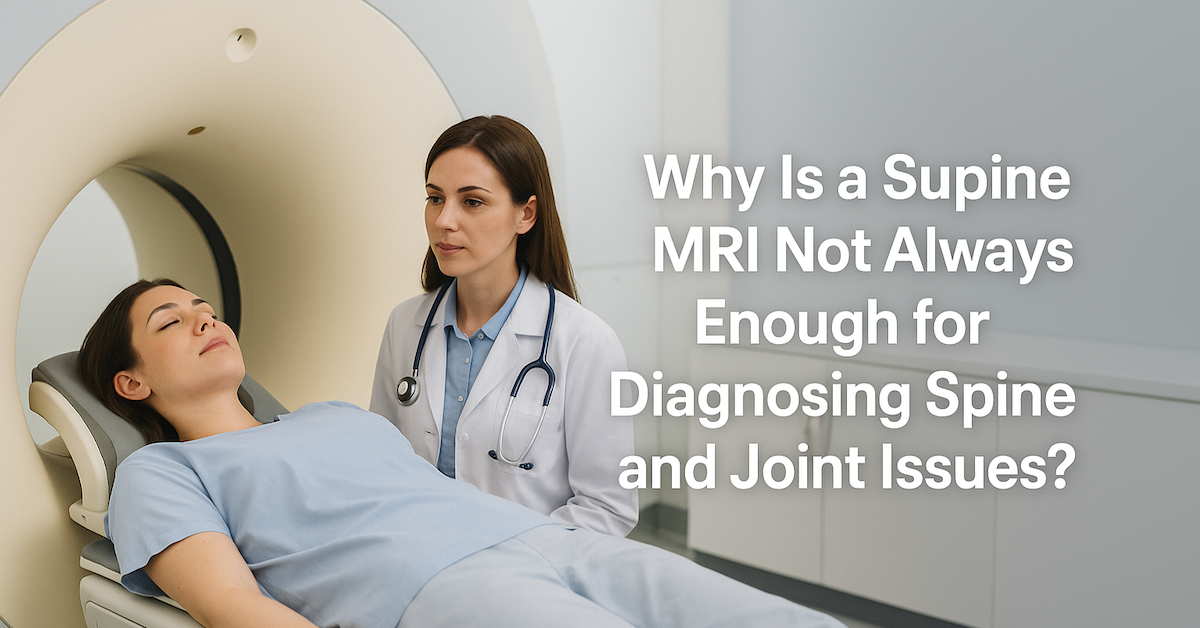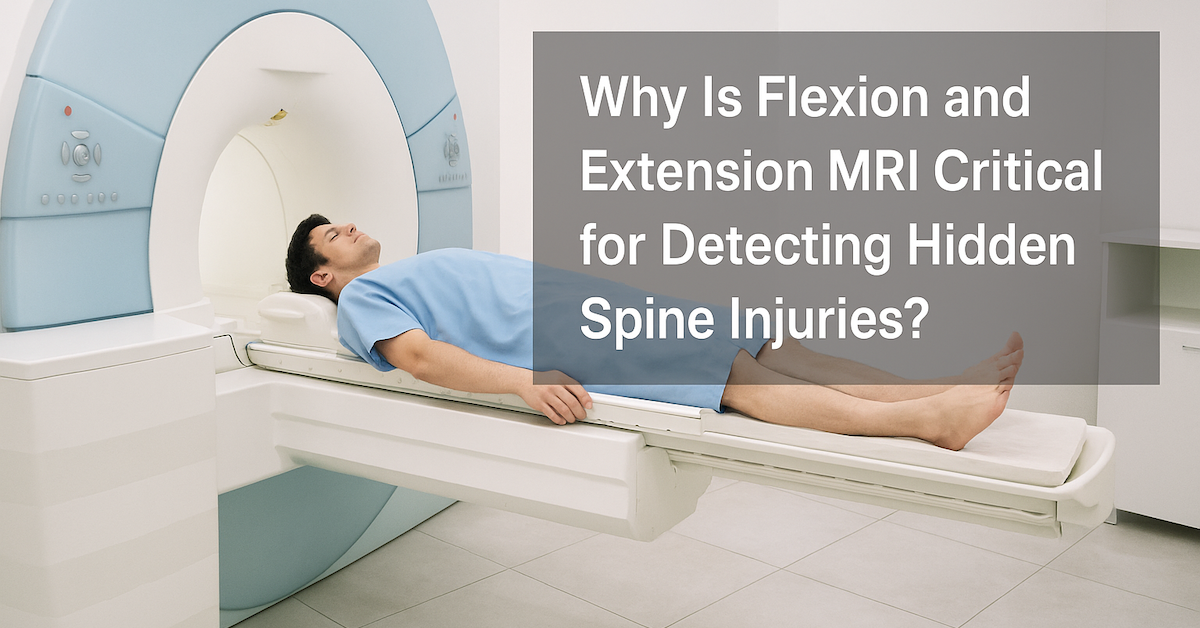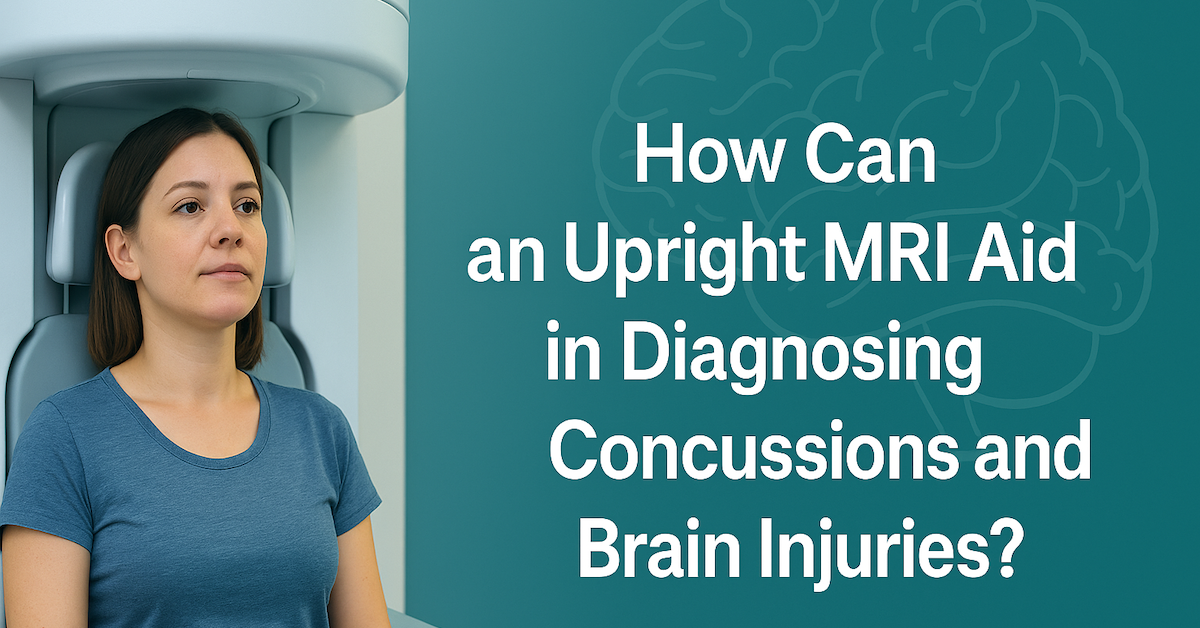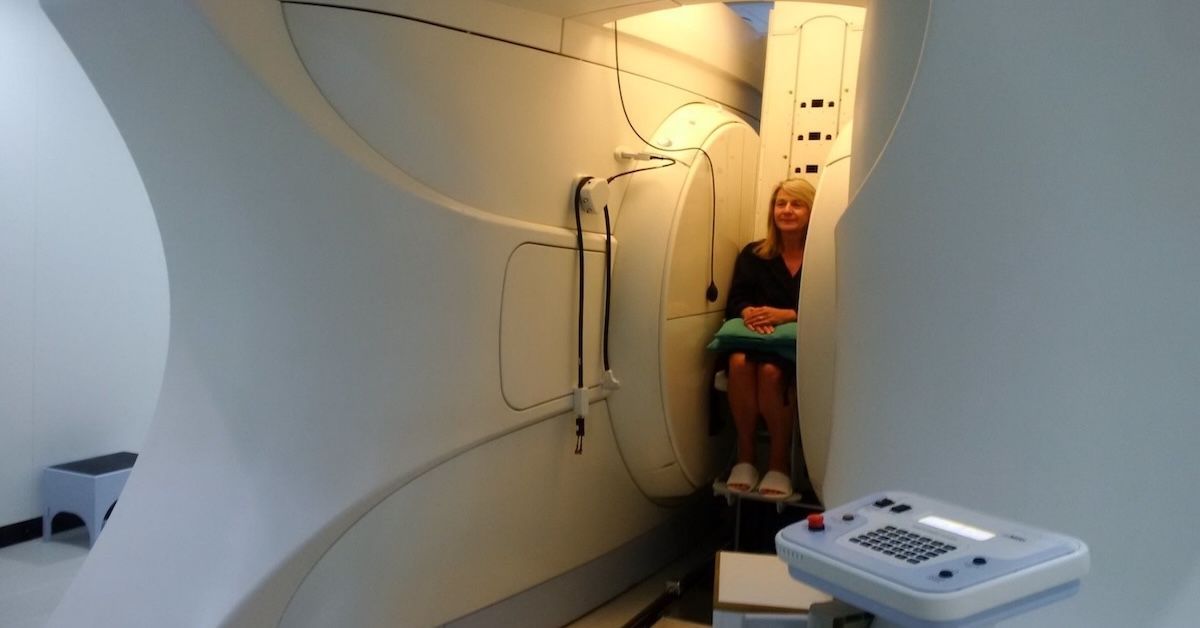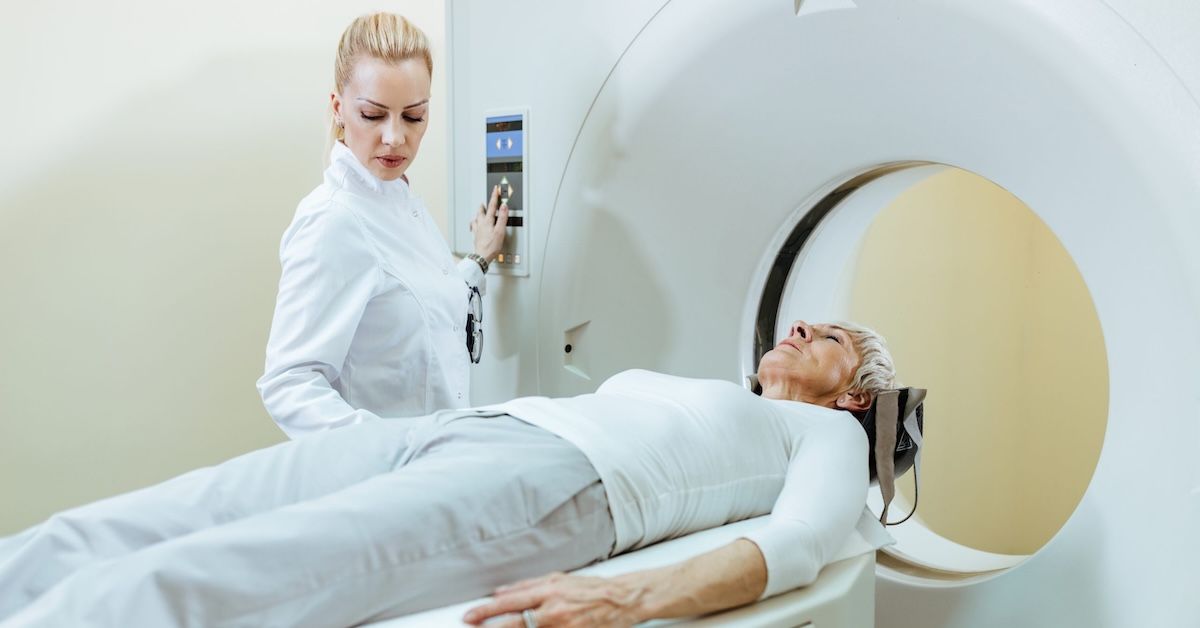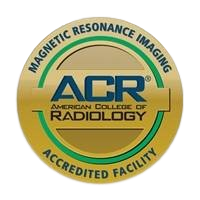How Does an Upright MRI Differ from Traditional MRI Scans?
In the realm of medical diagnostics, MRI scans have become indispensable tools for peering into the intricate landscapes of the human body. As technology advances, the traditional supine MRI, where patients lie flat, is being challenged by an innovative alternative – the Upright MRI. This article undertakes a comprehensive exploration, delving into the key distinctions between Upright and Traditional MRI scans and shedding light on how these differences can impact patient experience and diagnostic capabilities.
Understanding Traditional MRI
Traditional MRI, the stalwart of medical imaging, places patients in a horizontal position within a closed-bore scanner. While it has proven its worth in diagnosing various conditions, the closed design can be daunting for individuals with claustrophobia. The experience of being enclosed within the machine may result in discomfort and anxiety, potentially affecting the quality of the scan due to patient movement.
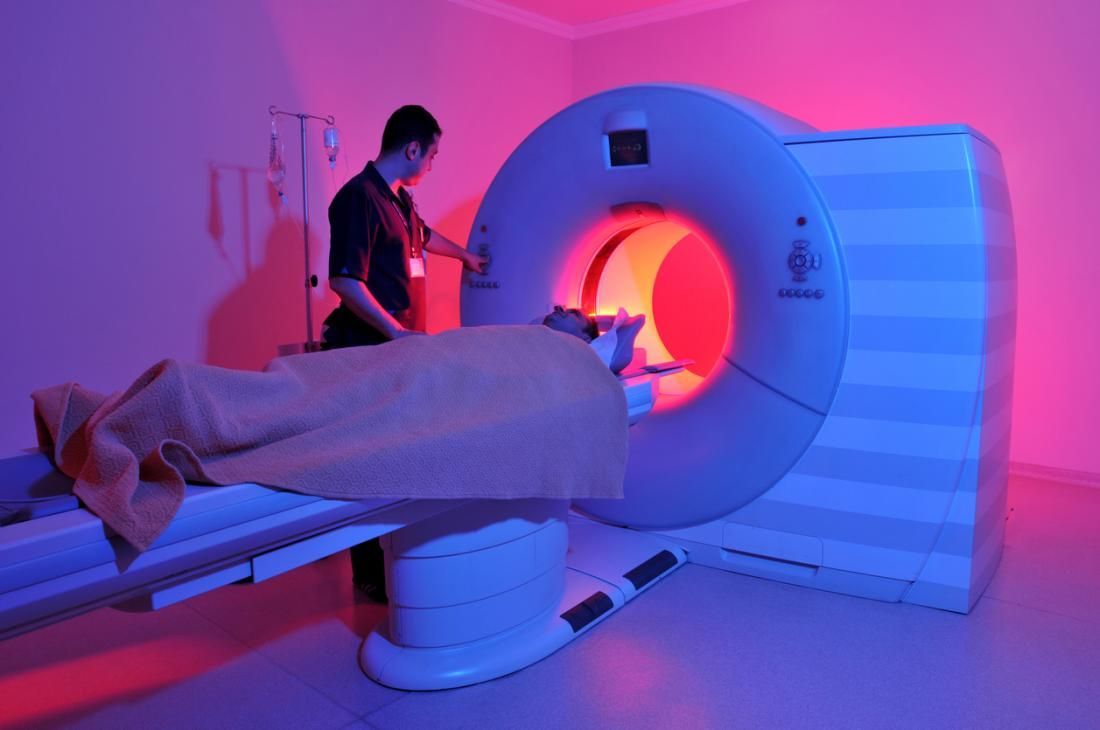
Introducing Upright MRI
In contrast, Upright MRI breaks away from the conventional mold by allowing patients to sit or stand during the scan. This departure from the supine position not only addresses claustrophobia concerns but also introduces a dynamic element to imaging. The open design of Upright MRI machines fosters a more patient-friendly environment, potentially leading to more relaxed and natural body positioning during the scan.
Patient Experience and Comfort
The difference in patient positioning between Traditional and Upright MRI significantly influences the overall experience. Traditional MRI often requires patients to lie still for an extended period, contributing to discomfort and potential anxiety. Upright MRI, with its innovative approach, promotes a more natural posture, offering patients a sense of control and comfort. The impact of this enhanced comfort extends beyond mere convenience – it can lead to improved scan quality and diagnostic accuracy.
Diagnostic Capabilities and Image Quality
The diagnostic capabilities of Upright MRI extend beyond traditional imaging. With the ability to capture weight-bearing and functional images, Upright MRI excels in assessing musculoskeletal conditions. Whether it's evaluating joint movements or capturing the spine under the influence of gravity, the dynamic nature of Upright MRI provides insights that static supine scans may miss. This added dimensionality contributes to a more comprehensive understanding of certain medical conditions.
Applications in Various Medical Fields
Upright MRI finds particular relevance in orthopedics and neurology. In orthopedics, the weight-bearing capability allows for a more accurate assessment of joint and musculoskeletal issues. Neurologically, the upright positioning can be crucial for diagnosing conditions that manifest or worsen under gravitational influence. Beyond these fields, Upright MRI's versatility opens doors to applications in various medical disciplines where patient positioning plays a pivotal role in diagnosis.
Accessibility and Availability
While Upright MRI presents a promising shift in imaging technology, its accessibility and availability are factors that need consideration. The adoption of Upright MRI technology is gradually expanding, but traditional MRI machines remain more prevalent. Factors such as facility infrastructure, cost, and training for healthcare professionals influence the widespread availability of Upright MRI. As technology continues to evolve, it is anticipated that Upright MRI's accessibility will increase.
Cost Considerations
When it comes to costs, the comparison between Traditional and Upright MRI involves multiple facets. While Upright MRI machines may initially come with a higher price tag, the long-term benefits and cost-effectiveness need consideration. The potential for enhanced diagnostic accuracy and the avoidance of repeat scans due to patient discomfort can contribute to overall cost savings. The financial landscape includes insurance coverage and reimbursement considerations, influencing the economic feasibility of adopting Upright MRI technology.
Patient Selection Criteria
Choosing between Traditional and Upright MRI involves careful consideration of patient needs. Upright MRI proves particularly beneficial for individuals with claustrophobia or conditions exacerbated by the supine position. Traditional MRI, with its established track record, remains the preferred choice in certain cases. The decision-making process involves collaborative discussions between healthcare providers and patients to ensure the chosen imaging modality aligns with both diagnostic requirements and patient comfort.
Expert Opinions and Research Findings
Expert opinions and research findings play a pivotal role in shaping the narrative around Upright MRI. Medical professionals, incorporating Upright MRI into their practices, highlight the advantages it brings to patient care. Ongoing research studies comparing the efficacy of Upright and Traditional MRI contribute valuable insights into the evolving landscape of medical imaging. As opinions evolve and technology advances, the integration of Upright MRI into mainstream medical practices is poised to grow.
Conclusion
In conclusion, the shift from Traditional to Upright MRI marks a paradigmatic evolution in medical imaging. Beyond the contrasting patient positions, the dynamic capabilities of Upright MRI unlock new dimensions in diagnostic accuracy. While Traditional MRI remains steadfast in its utility, Upright MRI emerges as a patient-centric alternative with the potential to redefine the imaging experience. The decision between the two modalities hinges on a careful consideration of patient needs, diagnostic requirements, and the evolving landscape of medical technology.
SHARE THIS POST:
Leave a Comment:

The World's Most Patient-Friendly MRI. A comfortable, stress-free, and completely reliable MRI scan. We offer patients an open, upright, standup MRI experience that helps those who are claustrophobic and stress being in a confined area. Upright MRI of Deerfield is recognized as the world leader in open MRI innovation,
Our Recent Post
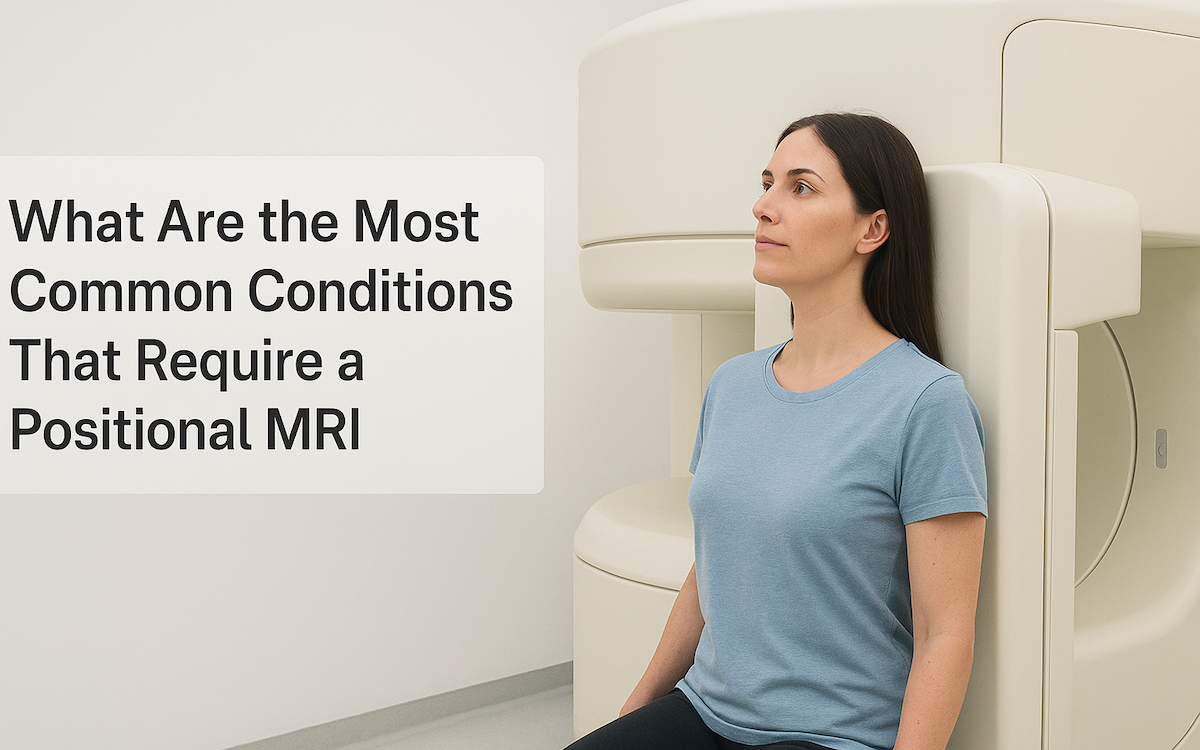
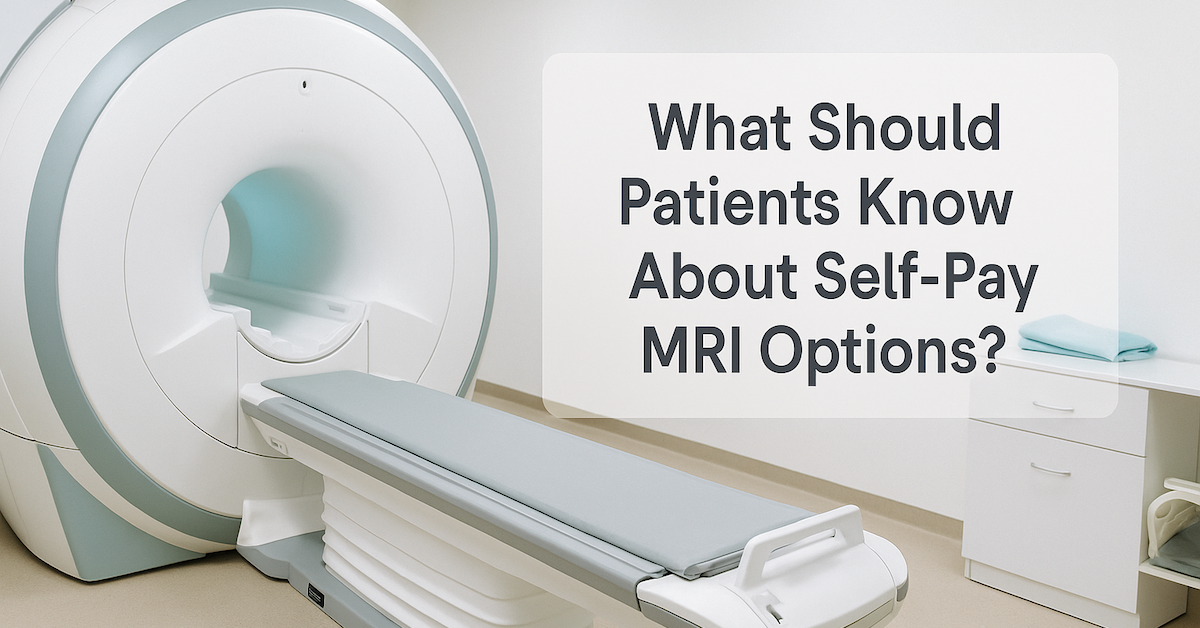

READ PATIENT TESTIMONIALS
Upright MRI of Deerfield.
Susan D.,
Highland Park, 39
I am going to tell everyone about your office! This was a great experience after I panicked in other MRI machines and had to leave. Thank you so much.

Judith B.,
Milwaukee, 61
I suffer from vertigo and other MRIs do not work. This was wonderful…absolutely NO discomfort at all. The MRI was so fast…I wanted to stay and watch the movie! Mumtaz was great. His humor really put me at ease. I’ve already recommended Upright MRI to friends.

Delores P.,
Glencoe, 55
Everything is so nice and professional with your place. I have been there a couple of times. My husband and I would not go anywhere else.

